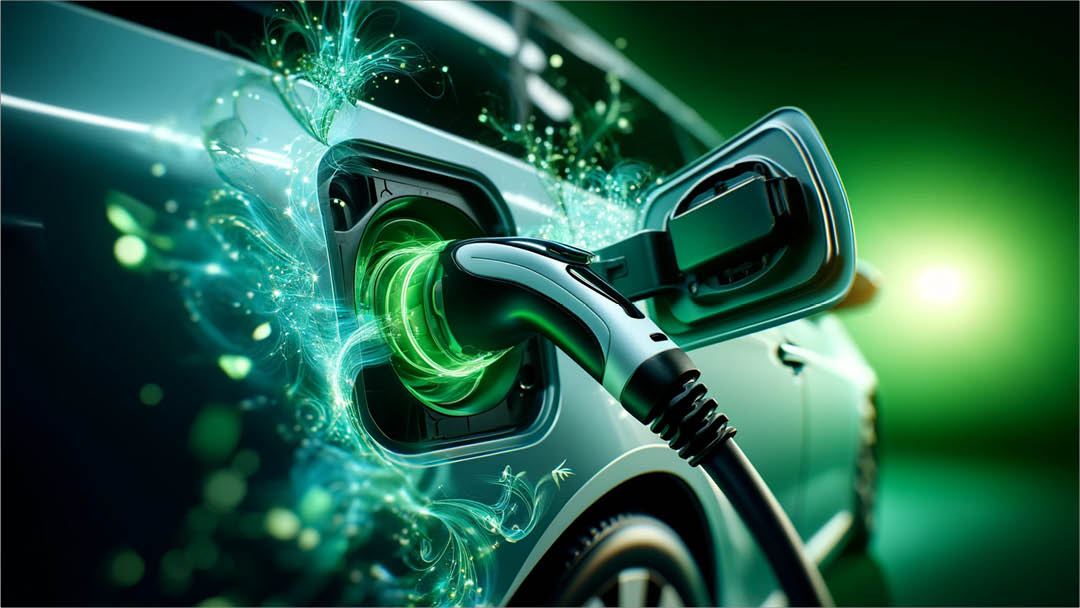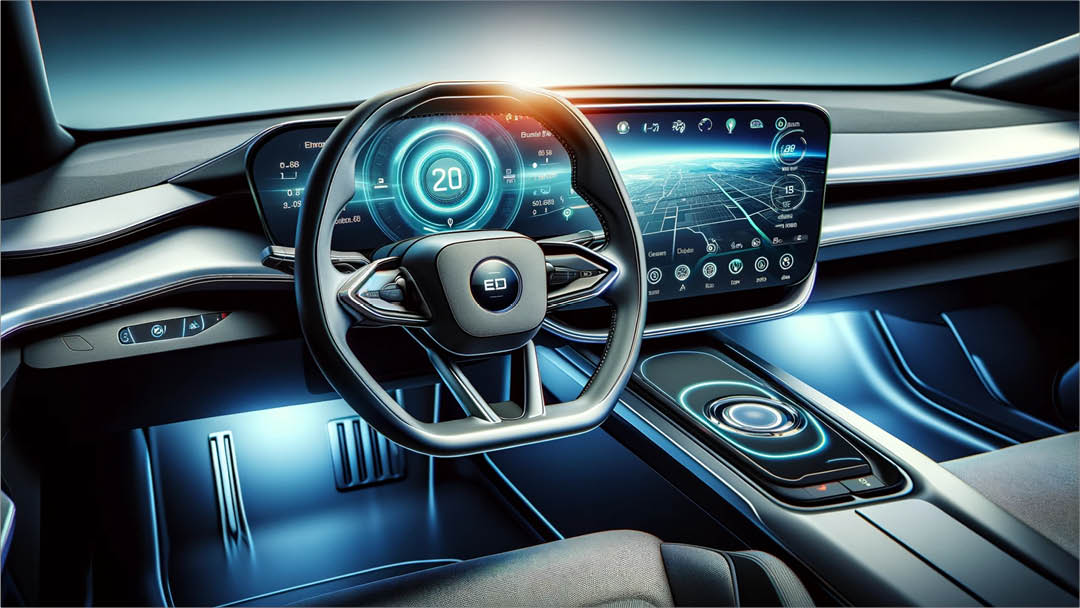In Brief
- The digital cockpit is transforming vehicles into interactive, intelligent spaces that prioritize driver needs and preferences.
- This transformation extends far beyond simple display upgrades – it reimagines the very concept of in-vehicle infotainment and control.
- This blog explores the trends shaping the future of digital cockpits, highlighting cutting-edge technologies, the focus on personalized experiences, and how Acsia helps drive this innovation.
The traditional vehicle dashboard – a static collection of gauges, knobs, and buttons – is rapidly being replaced by a digital revolution. The digital cockpit is redefining the in-car experience, turning vehicles into connected, personalized hubs of information and entertainment. However, this evolution transcends mere displays and touchscreens; it fundamentally alters how we interact with our vehicles.
Trends Shaping the Digital Cockpit of the Future
Let’s delve into the key factors driving digital cockpit innovation:
- Personalization: The digital cockpit is no longer one-size-fits-all. Advanced software enables drivers to customize everything from the layout of their instrument cluster to the themes and shortcuts on their infotainment system. The goal is to cater to individual preferences, creating a vehicle that feels uniquely tailored.
- Augmented Reality (AR): AR overlays information directly onto the driver’s field of view. This technology can superimpose navigational directions onto the windshield, highlight potential hazards, or even provide virtual gauges that appear to float above the road. AR blurs the line between the physical world and the digital interface for an enhanced driving experience.
- Artificial Intelligence (AI): AI-powered voice assistants are an increasingly familiar feature in modern digital cockpits. Beyond basic commands, advanced AI can learn driver habits, anticipate needs, and offer proactive suggestions. It also underpins technologies like facial recognition for driver personalization and drowsiness detection for increased safety.
- Focus on Wellbeing: The digital cockpit isn’t just about providing information; it’s also about enhancing driver wellbeing. Features like adaptive ambient lighting, biometric monitoring, and even in-car meditation apps aim to create a more relaxing and mindful driving experience.
- Sustainability as a Focus: Digital cockpits are playing a role in environmentally conscious vehicle design. Displays can prioritize energy efficiency information, helping drivers optimize driving habits, while systems can suggest routes that minimize fuel consumption or emissions.
The Need for Human-Centric Design
While the possibilities are exciting, automotive companies must place the user at the heart of digital cockpit design. Below are some core considerations:
- Minimizing Distraction: Information should be easy to digest, minimizing the time drivers take their eyes off the road. Well-designed HMIs featuring large icons, clear fonts, and haptic feedback contribute to a safer driving experience.
- Balancing Touch and Voice: While touchscreens offer direct control, voice commands are crucial when on the move. Digital cockpits should offer multiple interaction modes to cater to different driver preferences and scenarios.
- Embracing the Connected Ecosystem: The digital cockpit connects the car to the wider digital world. Integrating with smartphones, smart-home devices, and even city infrastructure offers the opportunity to streamline daily life within the vehicle.
Acsia: Driving the Digital Cockpit Revolution
Acsia is at the forefront of this exciting transformation. Our expertise in automotive software development, HMI design, and system integration allows us to partner with automakers to bring their digital cockpit visions to life. We understand the importance of balancing cutting-edge technology with real-world user needs.
The future of driving is undeniably digital. Are you ready to explore how the latest cockpit technology can transform your vehicles? Visit our website to learn more.










